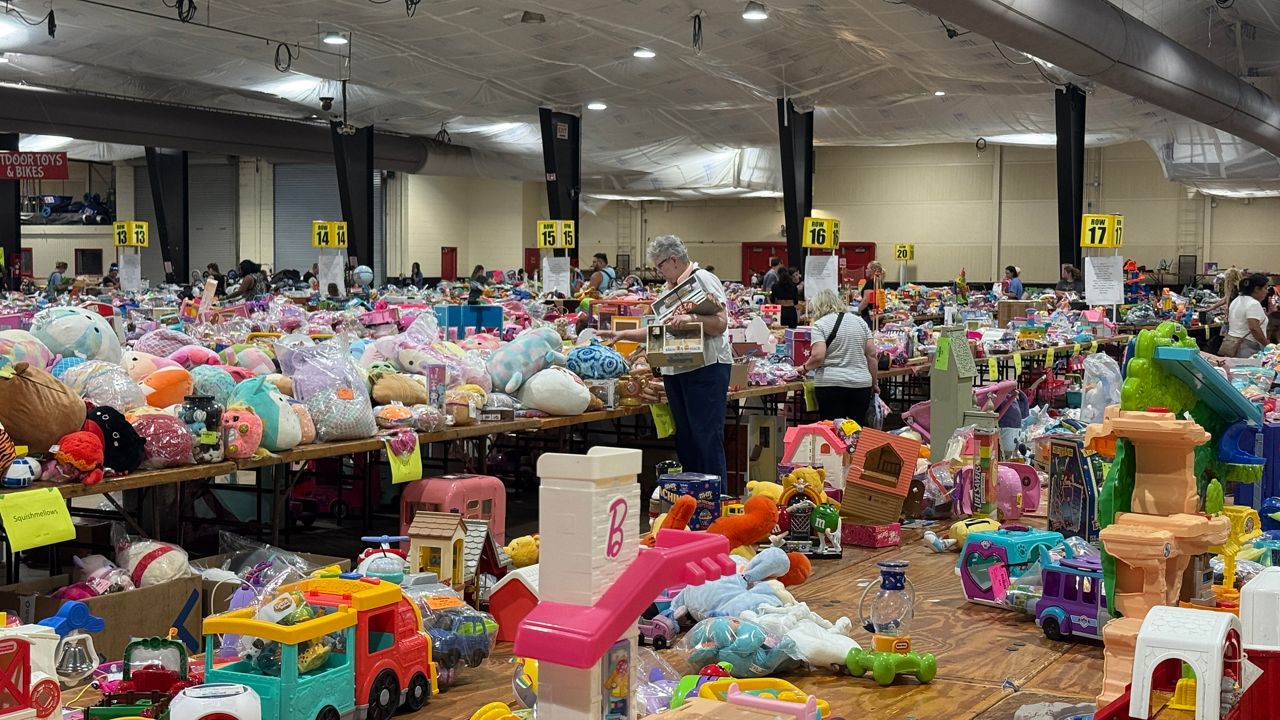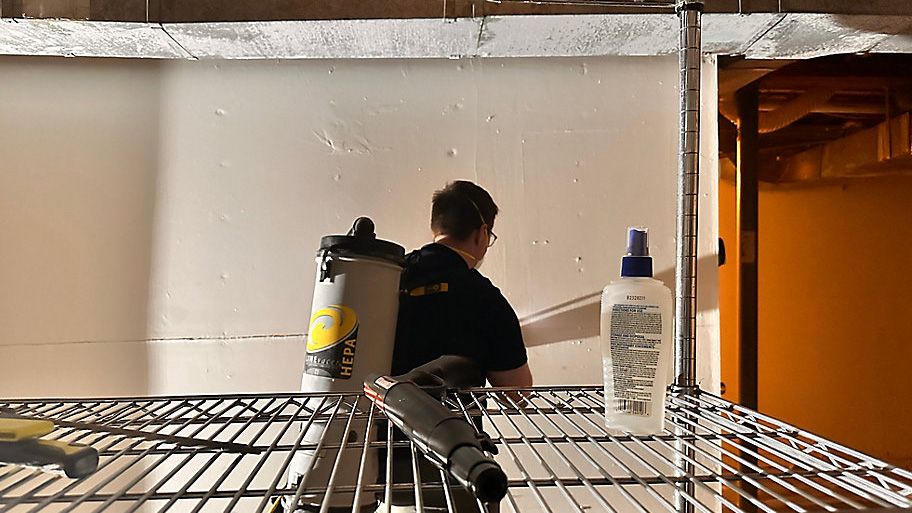DURHAM, N.C. — Over the next three years, the new Heat Monitoring Center's goal will be figuring out what’s impacting the risk of excessive urban heat in 30 historically disadvantaged communities. It's part of the Durham Museum of Life and Science’s $2.3 million project.
A $2.3 million project will fund two heat monitoring centers: The Center for Collaborative Heat Monitoring in Durham and the Center for Heat Resilient Communities based in Los Angeles
Hayti community in Durham is an urban heat island
People who live in an urban heat island are susceptible to heat-related illnesses
“North Carolinians are experiencing a warming trend. Communities across North Carolina have been hot for a long time, but they are getting hotter,” said Max Cawley, the Museum of Life and Science director of climate research and engagement.
That’s not just North Carolina, but communities all across the country. Cawley said these virtual centers will collect data on extreme heat, giving 30 low-income communities the ability to use that information to put forth the best strategies for heat management.
“Things like greenspace, things like parks, things like trees, things like lighter and better infrastructure,” said Cawley.
Angela Lee, the executive director for the Hayti Heritage Center, said the Hayti community is one of those areas and has been for the last several decades because of its buildings and roads, like Highway 147.
“The community was decimated. You had homes and businesses destroyed; thousands of people displaced. We think about the structures, but we don't think about the impact on the ecosystem that bringing that highway through here had,” said Lee.
Lee said, as a result, a lot of people within this community suffer from heat related issues.
“If you have to be outdoors or if you have to walk to get from point A to point B and you're in a community where it's 10 to 12 degrees hotter than it is in other parts of your city, that's really oppressive and excessive,” said Lee.
For the Hayti community to come back to life and cool down, she said resources are needed.
“There might be walking paths or park settings where there are water fountains or at least cooling station,” Lee said.
Cawley said there will be an application process to determine which communities will get the tools to hopefully transform their future.
“These heat illnesses and deaths are largely preventable,” said Cawley.
The application process has yet to be announced, however, they will pick 30 communities from across the country. Cawley said many places in North Carolina could qualify for the project.






)


